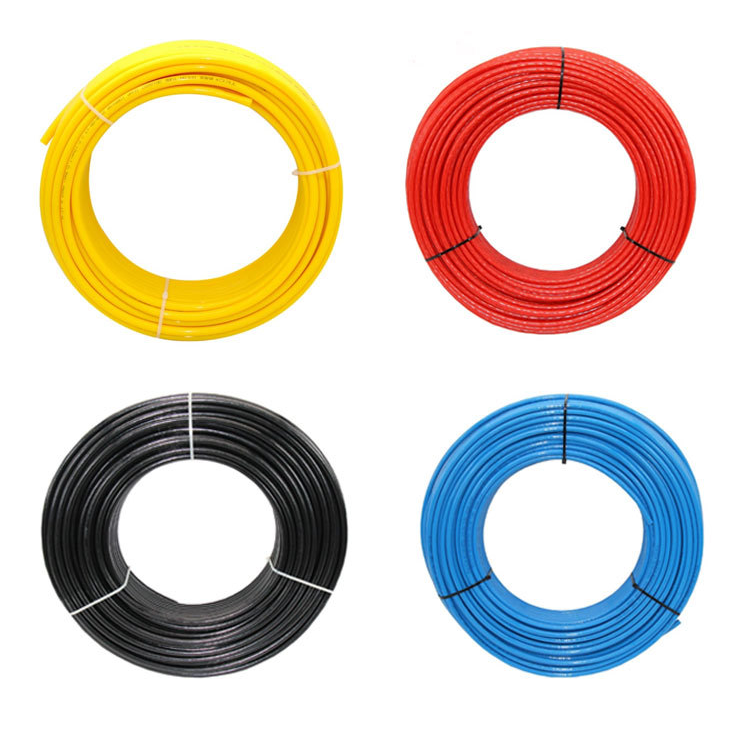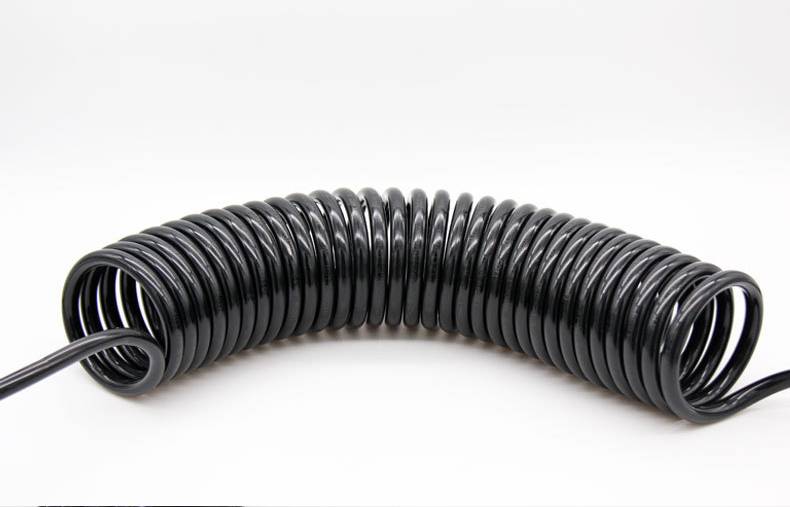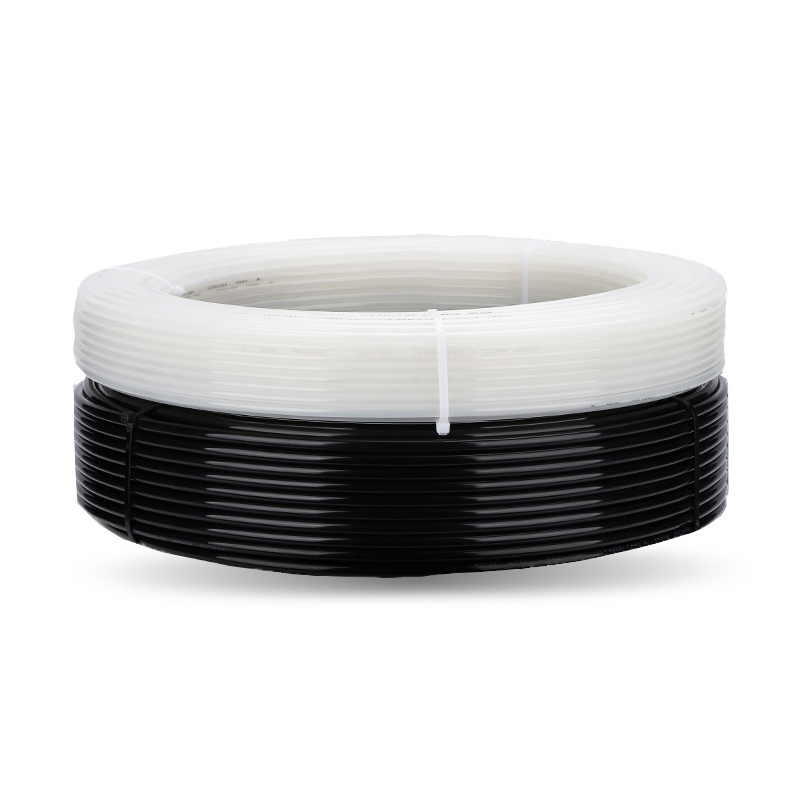When selecting tubing for pneumatic and hydraulic systems, understanding the pressure ratings of nylon tubing is essential. Nylon tubing is renowned for its strength, flexibility, and resistance to various chemicals, making it a popular choice across multiple industries. However, the pressure capacity of nylon tubing can vary significantly based on several factors, including temperature, wall thickness, and the type of fluid being transported. This article will provide a comprehensive overview of nylon tubing, its pressure ratings, the factors influencing these ratings, and best practices for ensuring optimal performance in your applications.
Table of Contents
ToggleWhat is Nylon Tubing?
Nylon tubing is a type of plastic tubing made from nylon, a synthetic polymer known for its durability and versatility. It is available in various forms, including nylon 6 and nylon 12, each offering unique properties suited for different applications.
Characteristics of Nylon Tubing
- Strength and Durability: Nylon tubing is known for its high tensile strength, which allows it to resist wear and tear. This durability enables it to withstand high pressures without compromising integrity, making it suitable for demanding applications.
- Flexibility: Unlike some rigid tubing materials, nylon tubing is flexible, allowing for easy installation in tight spaces and complex configurations. This flexibility is particularly beneficial in applications where the tubing must navigate around obstacles.
- Chemical Resistance: Nylon exhibits resistance to many chemicals, making it suitable for transporting various fluids, including oils, fuels, and solvents. This property is crucial in applications where exposure to harsh chemicals is a concern.

Comparison with Other Types of Tubing
When compared to other tubing materials like PVC or polyurethane, nylon tubing often offers superior strength and flexibility. While PVC is more rigid and less expensive, it may not handle high pressures as effectively as nylon. Polyurethane tubing, on the other hand, is more flexible but may not have the same pressure ratings as nylon, making nylon a preferred choice in many applications.
What are the Pressure Ratings of Nylon Tubing?
Pressure ratings are critical for ensuring that the tubing can handle the demands of the application without failure. The pressure rating of nylon tubing typically refers to the maximum pressure the tubing can withstand at a specific temperature.
Typical Pressure Ratings
Nylon tubing pressure ratings can vary based on the size and type of tubing. For example, standard nylon 6 tubing may have pressure ratings ranging from 100 to 300 psi at room temperature, while nylon 12 tubing can handle even higher pressures, often exceeding 400 psi. It’s essential to consult the manufacturer’s specifications for the exact pressure ratings for the specific nylon tubing you are using.
How Pressure Ratings are Determined
Pressure ratings are determined through rigorous testing, following industry standards such as ASTM D3039. These tests evaluate the tubing’s performance under various conditions, including temperature fluctuations and exposure to different fluids. Understanding these ratings helps ensure that the tubing will perform reliably in your specific application.

Factors Affecting the Pressure of Nylon Tubing
Several factors can influence the pressure capacity of nylon tubing, and being aware of these can help you make informed decisions.
1. Temperature
Temperature plays a significant role in the pressure ratings of nylon tubing. As the temperature increases, the pressure capacity of the tubing may decrease. For instance, nylon tubing rated for 200 psi at room temperature may only be rated for 150 psi at elevated temperatures. Always refer to the manufacturer’s temperature-pressure charts to understand how temperature affects your specific tubing.
2. Wall Thickness
The wall thickness of nylon tubing directly impacts its pressure capacity. Thicker walls generally provide higher pressure ratings, as they can withstand greater internal forces. When selecting nylon tubing, consider the wall thickness in relation to the expected pressure in your application. For example, a tubing with a wall thickness of 0.125 inches may have a significantly higher pressure rating than one with a wall thickness of 0.062 inches.
3. Fluid Type
The type of fluid being transported can also affect the pressure ratings. Certain fluids may have corrosive properties that can weaken the tubing over time, leading to potential failures. Always ensure that the nylon tubing is compatible with the fluid being used to maintain its integrity and performance. For instance, transporting aggressive solvents may require specialized nylon formulations that enhance chemical resistance.
4. Bending Radius
The bending radius of nylon tubing is another critical factor. Tight bends can create stress points that may lead to kinking or bursting under pressure. It’s essential to adhere to the recommended bending radius specified by the manufacturer to avoid compromising the tubing’s performance. A general rule of thumb is to maintain a bending radius that is at least five times the outer diameter of the tubing.

Applications of Nylon Tubing and Their Pressure Requirements
Nylon tubing is used in a wide range of applications across various industries, including automotive, medical, and industrial sectors. Each application has specific pressure requirements that must be met to ensure safety and efficiency.
Common Applications
- Automotive: In automotive systems, nylon tubing is often used for fuel lines and air brake systems, where pressure ratings can reach up to 300 psi. The tubing must withstand the rigors of engine vibrations and temperature fluctuations.
- Medical: In medical devices, nylon tubing is used for fluid delivery systems, requiring precise pressure ratings to ensure patient safety. The tubing must also meet stringent regulatory standards for biocompatibility.
- Industrial: In industrial applications, nylon tubing is utilized for pneumatic systems, where it must withstand varying pressures depending on the equipment used. For example, in a pneumatic actuator, the tubing may need to handle pressures exceeding 200 psi.
Troubleshooting Common Issues with Nylon Tubing
Even with the best materials, issues can arise. Here are some common problems and how to address them:
1. Leaks
Leaks can occur if the tubing is not properly installed or if it has been damaged. Regularly inspect the tubing for signs of wear or damage, and replace any sections that show signs of deterioration. If a leak is detected, check the fittings and connections to ensure they are secure and compatible with the nylon tubing.
2. Pressure Drops
If you experience pressure drops in your system, check for kinks or bends in the tubing that may be restricting flow. Ensure that the tubing is installed with the recommended bending radius to maintain optimal performance. Additionally, verify that the fittings are not obstructing the flow.
3. Installation Best Practices
- Proper Cutting: When cutting nylon tubing, use a sharp blade to ensure a clean cut. This helps maintain the integrity of the tubing and prevents leaks. A clean cut also allows for better fitting connections.
- Use of Fittings: Always use compatible fittings designed for nylon tubing to ensure a secure connection. Improper fittings can lead to leaks and pressure loss. It’s advisable to use barbed fittings or push-to-connect fittings specifically designed for nylon tubing.
Recommendations for Selection
When choosing nylon tubing, consider the specific requirements of your application, including pressure ratings, fluid compatibility, and environmental conditions. Always consult with manufacturers or industry experts to ensure you select the right tubing for your needs. Additionally, consider the long-term performance and maintenance requirements of the tubing in your application.
Quality Control
Quality control during the manufacturing process is crucial. Always opt for nylon tubing from reputable manufacturers to ensure reliability and performance. Look for certifications that indicate the tubing meets industry standards, such as ISO or ASTM certifications.
Conclusion
Know the pressure ratings of nylon tubing is essential for you involved in pneumatic or hydraulic systems. By recognizing the factors that influence these ratings and adhering to best practices, you can ensure that your systems operate safely and efficiently. Whether you’re working in automotive, medical, or industrial applications, selecting the right nylon tubing can save you time, money, and headaches in the long run.
If you have further questions or need assistance in selecting the right nylon tubing for your application, feel free to reach out. Your success in achieving reliable and efficient systems is my priority, and I’m here to help you navigate the complexities of tubing selection and application.

